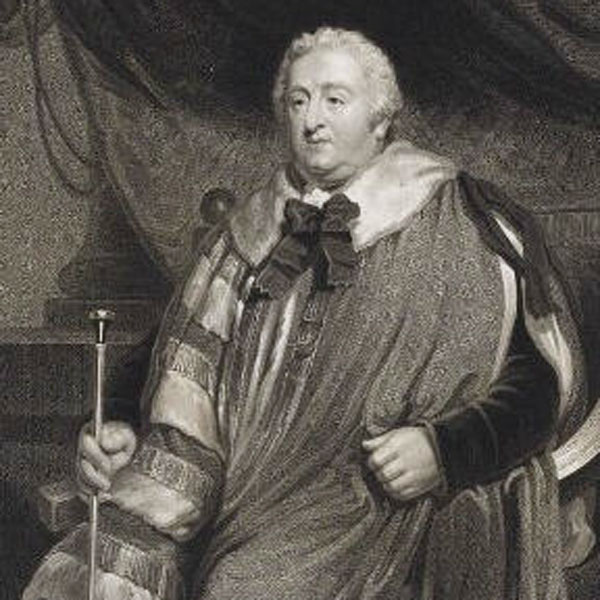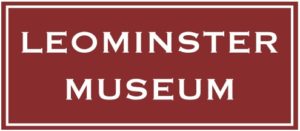Charles Howard, 11th Duke of Norfolk, 1746–1815
Property Owner, Politician
Charles Howard, 11th Duke of Norfolk, was a colourful character. Despite his dishevelled appearance, he was interested in politics, history and architecture.
He owned Norfolk House in Etnam Street, was responsible for ‘Dukes Walk’ to the Grange and was active in local politics.
This led to him fighting a duel with Viscount Malden over an accusation of irregularities in a Leominster election.

Norfolk House in Etnam Street, Leominster, serves as a reminder of the colourful personality who was one of its early owners and gave it his name.
Charles Howard was born on 5th March, 1746, son of Charles, 10th Duke of Norfolk. He received little formal education either at home or in France where he spent much of his youth. It was said the Duke seldom washed, but despite his dishevelled appearance he was a very intelligent man. A Fellow of the Royal Society and President of the Society of Arts in 1794. He had a successful, if short, career in Parliament between 1780 and 1786 during which he was appointed a lord of the treasury in the Portland cabinet in 1783. He was a favourite subject for Gillray’s caricatures.
In 1771, three years after the death of his first wife, he married Frances, daughter and heiress of Charles Fitz-Roy Scudamore, through whom he inherited Holme Lacy. Soon after their marriage Frances became insane and was locked away until her death in 1820. Howard then lived with several mistresses, but his long-term mistress was Mary Anne Gibbon (a cousin of Edward Gibbon) by whom he had five children. He had three children with other mistresses.
In Leominster he is mainly remembered for the creation of Duke’s Walk opposite his home (now Norfolk House) which enabled the inhabitants of Etnam Street to walk dry-shod to church without having to go through the centre of the town. The Duke’s Arms on the corner of the lane was built at about the same time. This building went through a number of identities as a public house before closing. He also had a town house in Broad Street, Hereford, which Nelson visited in 1802. The building later became the City Arms, now Barclays Bank. He was Duncumb’s patron in his great (and incomplete) work on Herefordshire.
The Duke purchased part of the great Tythes of Leominster and was very active in local politics. At the end of the eighteenth century the Borough of Leominster had the right to elect two members to Parliament. Voting was restricted to those who paid the Poor Rate, and as was common at that time, patrons would spend large amounts of money to see their candidate elected. It was said that at election time no work was done in Leominster for eight days, while the town ate and drank!
In 1796 the Duke of Norfolk supported the Whig Robert Biddulph. Another candidate, Col. George Pollen (Tory), had Lord Viscount Malden, who lived at Hampton Court, Hope-under-Dinmore as his patron. The third candidate was John Hunter (Tory). Hunter topped the poll with 462, the other two candidates polled around 290.
The election result sparked a quarrel between Viscount Malden and the Duke of Norfolk. Malden issued a pamphlet in which he alleged that an agreement made by all the agents to curb the excesses of entertaining the voters had been broken. The accusation resulted in a challenge to a duel and the parties met in London. After both had fired without effect, they reached a reconciliation.
Charles Howard died at Norfolk House, St James’s Square on 16th December 1815. As he had no legitimate children, his title and lands passed to a cousin, Bernard Edward Howard, who became the first Roman Catholic peer to sit in the House after the Act of Emancipation in 1829.

